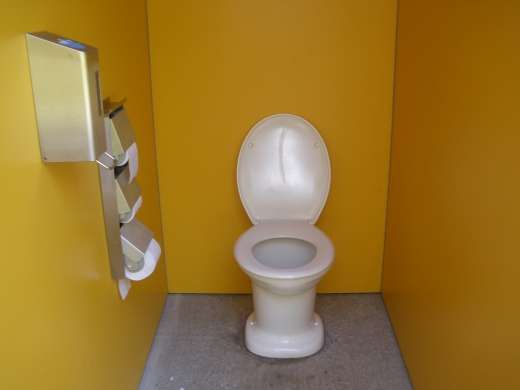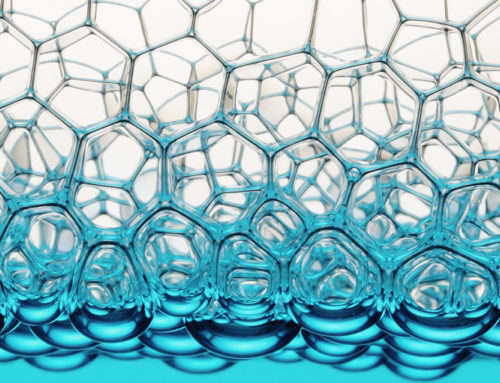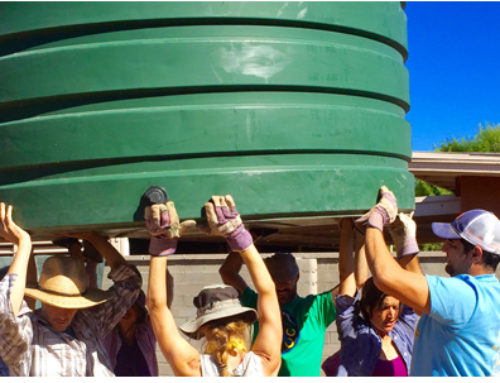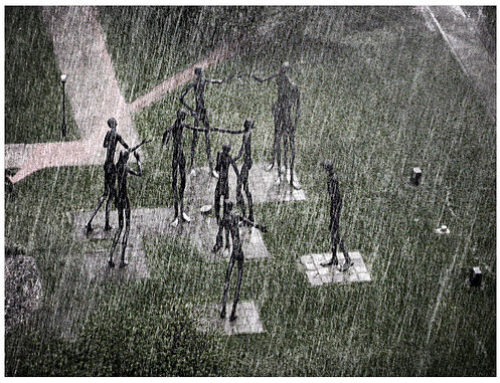-
Wastewater. What the heck does that word mean? Does the word refer to the fact that of a lot of the water that is called “wastewater” is wasted by being treated and dumped into a river or the ocean? Well, it is almost always wasted, but I am pretty sure that’s not the reason for the name! Is it because the water is full of waste? Well, not really. All elements of sewage can be reused – the poop, the pee and the water. Blackwater, which is our preferred term for what is otherwise called wastewater, contains all types of wastewater from residential, commercial, and industrial sites, including: human waste, graywater; combined sewer/ stormwater systems also convey rain/ stormwater. Blackwater is also referred to as sewage, wastewater and sewer water. Blackwater increasingly serves a source of a recycled water, which is blackwater that has been treated to near potable standards and is being reused primarily for irrigation and indutrial processes.
But what about taking water out of the water out of the equation all together as is done through compost and humanure toilets used so widely around the world? Living in a state where just the thought of graywaster, a much cleaner and more flexible water source for reuse than blackwater, can still evoke shudders from building and public health inspectors, I generally pause when someone brings the topic up at a Wholly H2O Forum or on our Facebook page. How could we possibly get there from here in California?
Cue Hyphae Design Labs. Hyphae Design Laboratories, the Oakland-based minds behind the California Academy of Sciences’ living roof, are working off a $20,000 investment from the district to build a semi-portable toilet that turns the “humanure” it collects into useful, nutrient-rich compost.
The toilet’s design is ambitious: It’s a three-stall unit, monitored at all hours for safety, with potentially translucent walls to keep track of occupancy. Other ideas include an outdoor sink – to discourage showering in the bathroom – and ivy on the walls to prevent graffiti.
The waste would be captured on a palletized field container that could be removed and trucked off to a composting center. The product could eventually be dried and mixed with sawdust to be used as compost in non-edible agriculture, like for flowers or hay. Rainwater storage could provide water for the sinks.
The potentially high volume of waste to be collected from the transient Tenderloin population makes the district an attractive place to debut a prototype next summer.
Read more about Hyphae: http://www.sfgate.com/cgi-bin/article.cgi?f=/c/a/2011/12/29/BA951MEBRO.DTL#ixzz1rftOmsPiHyphae Design Laboratory is excited to announce a series of community events related to the planned Tenderloin Toilet and improvements to the Tenderloin National Forest. During the month of April, Hyphae Design is the “artist-in residence” at the Luggage Store Annex at 509 Ellis Street. Members of Hyphae will be present for drop-in meetings between 10 am and 6 pm Monday-Friday throughout the month of April: Come Say Hi!
The first workshop is this Thursday: Public Toilet Workshop: Share and test your ideas with community, artists, and engineers
When: Thursday, April 12th from 7:00 pm to 9:00 pm
Where: Luggage Store Annex at 509 Ellis Street, San Francisco, CA
They will have interactive displays and multiple opportunities to voice your opinion, write, and draw!
Future events related to the Tenderloin National Forest may be found on the attached flyer.
831-708-8688







